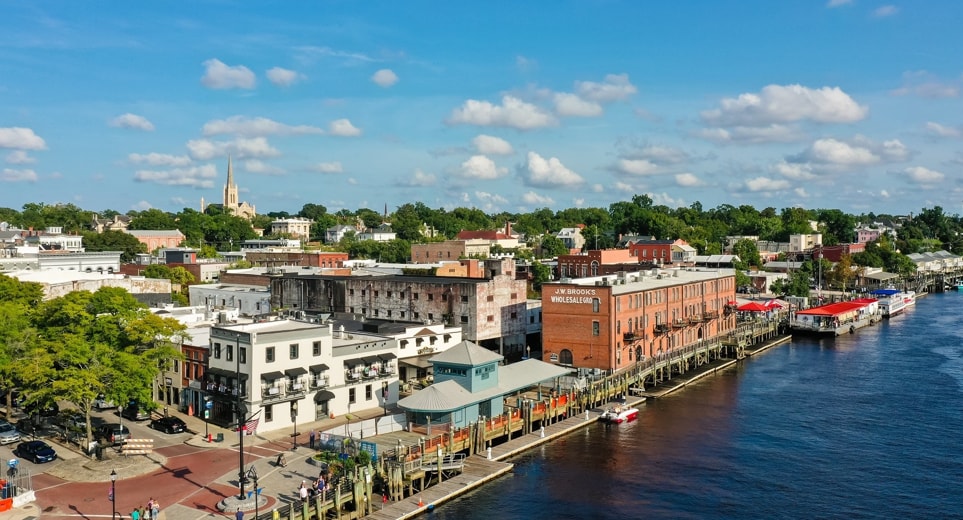From Family Home to Flexible Future: The Bold Art of Flat Conversion in Dartford’s Wilmington
Tucked between Dartford’s buzzing town centre and the countryside calm of Kent, Wilmington has always marched to the beat of its own drum. But in recent years, something quiet yet transformative has been taking place behind its bay windows and gabled roofs—the rise of characterful flat conversions, reimagining suburban living for the next generation.
Unlike the high-density conversions seen in inner-London boroughs, Wilmington’s flat conversions are storytelling spaces. These aren’t quick flips or boxy partitions. They’re bold design statements—where heritage meets ingenuity, and square footage is sculpted into new lifestyles.
A Localised Revolution: Why Wilmington’s Homes Are Built for Change
Dartford Wilmington is not your average commuter village. Originally a series of manorial estates and farmland, its housing stock spans decades—from early Georgian farmhouses to post-war semis. This architectural diversity is the secret weapon behind its flat conversion boom.
Take a 1930s semi-detached on Oakfield Lane. With generous footprints, side access, and large rear gardens, it’s a dream canvas for a two-flat transformation—one ground floor flat with garden access and a first-floor flat with loft potential. This type of conversion has been cropping up discreetly, enabling multi-generational living, long-term lets, and even part-time Airbnbs—all while preserving the look and feel of the street.
The Real-Life Motivations Behind Conversions
For residents of Dartford Wilmington, the choice to convert isn’t always about money. It’s often about family dynamics and flexibility. Many homeowners have aging parents or adult children who aren’t quite ready to fly the nest. Splitting a home into two self-contained flats allows families to live close without crowding one another.
In other cases, it’s about adapting to a post-pandemic world: transforming a seldom-used upper floor into a rental income stream or creating a ground-level apartment for elderly parents.
This is not gentrification—it’s generational evolution.
Planning Permission in Wilmington: More Friendly Than You Think
Many assume that flat conversions are bureaucratic nightmares. But Wilmington, sitting within Dartford Borough Council’s remit, actually offers a supportive planning environment—provided your design respects the character of the area and the amenity of neighbours.
Homeowners converting a single dwelling into two flats generally need full planning permission, but with the right architect and a good planning statement, approvals are commonly granted. Dartford’s Local Plan also emphasises ‘sustainable infill development’, meaning well-thought-out conversions that retain family housing standards are often welcomed.
Add to that the fact that some larger houses may already benefit from prior extensions, and the possibilities grow even more intriguing.
Maximising Potential: Inside a Wilmington Flat Conversion
A successful flat conversion isn’t just about dividing walls—it’s about crafting two homes that feel intentional, not improvised.
- Ground floor flats often include garden access and conservatories, ideal for older residents or young families.
- First-floor flats can feature open-plan kitchens, dormer extensions, or even mezzanines for dramatic ceiling heights.
- Shared entrances can be upgraded into smart foyers with storage lockers and intercom systems, giving a boutique apartment feel without the tower block aesthetic.
Some developers in Wilmington have even adopted eco-retrofits, adding solar panels, green roofs, and triple-glazed windows during the conversion—appealing to an increasingly sustainability-minded market.
The Financial Case: Quietly Profitable, Consistently Stable
While central London conversions might boast big numbers, Wilmington’s flat conversions offer something rarer: long-term financial stability. The rental market here is strong, driven by local professionals, Dartford Grammar School catchments, and commuter access.
- A converted two-bedroom flat in Wilmington can generate £1,300–£1,700 per month, depending on finish and location.
- The second unit—often owner-occupied—remains a flexible asset for future resale, letting, or family accommodation.
- Even more importantly, splitting a property can unlock greater cumulative value. Two smaller units can sometimes fetch more combined resale value than a single large one.
Preserving Character, Not Destroying It
What sets Wilmington apart is the deliberate elegance of its conversions. Unlike urban quick-fixes that erase history for density, here, architects often work to preserve fireplaces, original staircases, and exterior detailing, ensuring that each new flat adds to, rather than detracts from, the area’s visual continuity.
Some homeowners even commission bespoke joinery to preserve period features inside while modernising layouts—a blend of timeless craftsmanship and contemporary need.
Conclusion: More Than Just a Property Play
Flat conversions in Dartford Wilmington are not just architectural projects—they’re social responses. Responses to evolving family needs. To financial prudence. To environmental responsibility. And to the belief that our homes can adapt with us, not just for us.
If you’re considering converting your Wilmington property into flats, you’re not just investing in real estate—you’re investing in resilience, flexibility, and legacy.



No responses yet